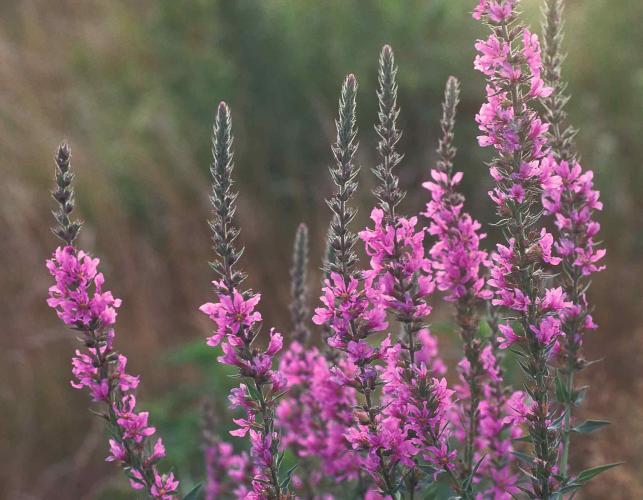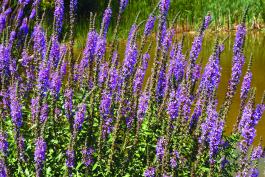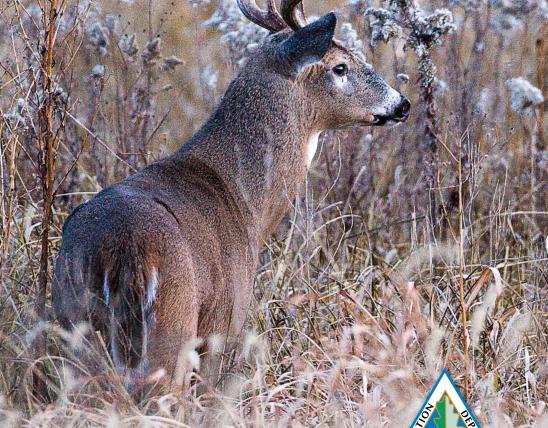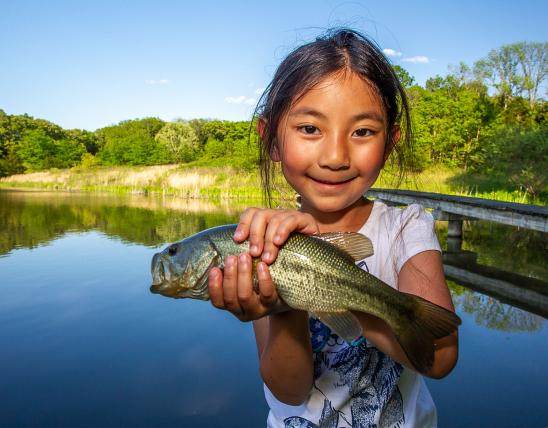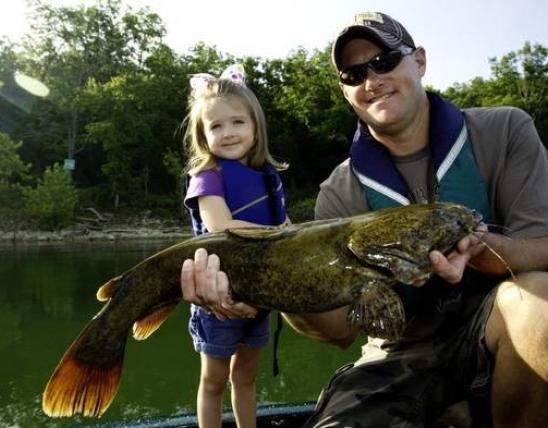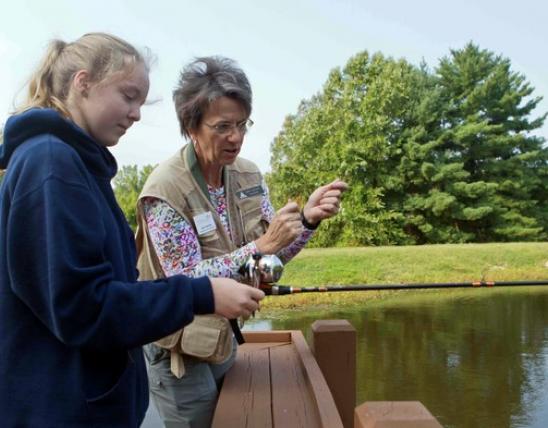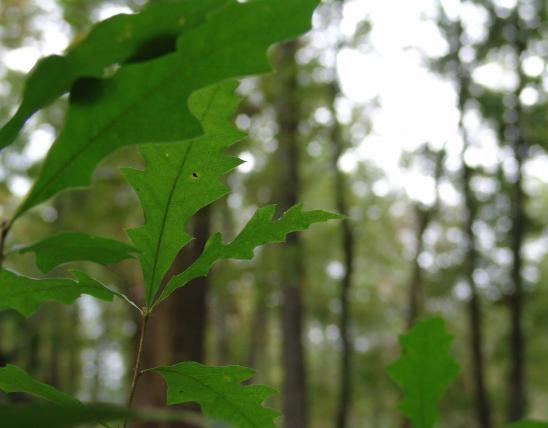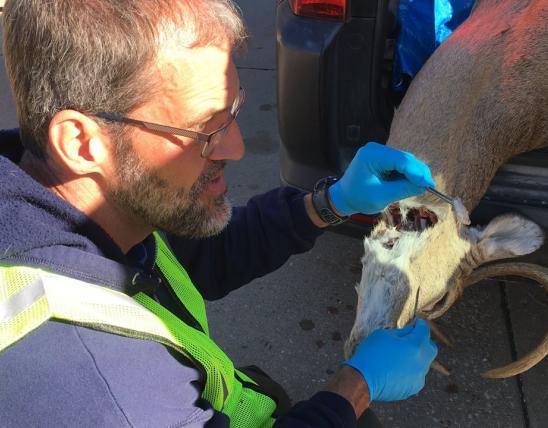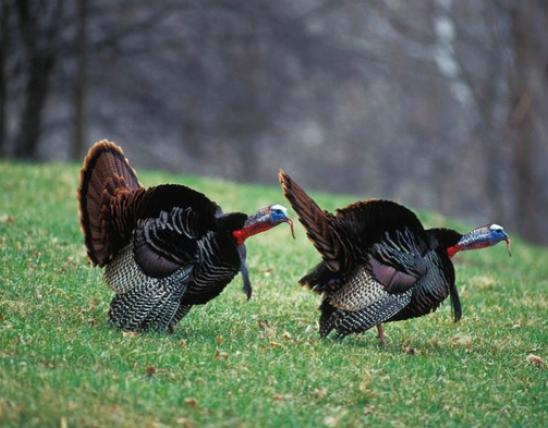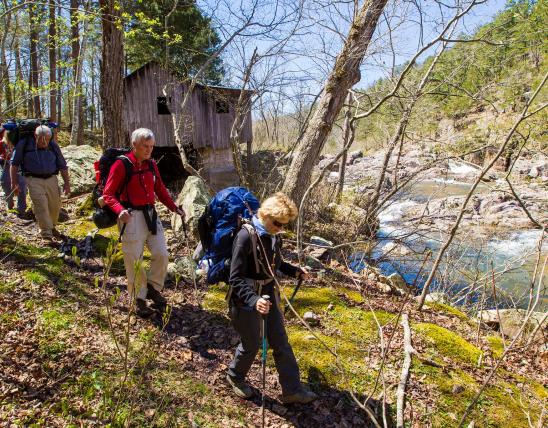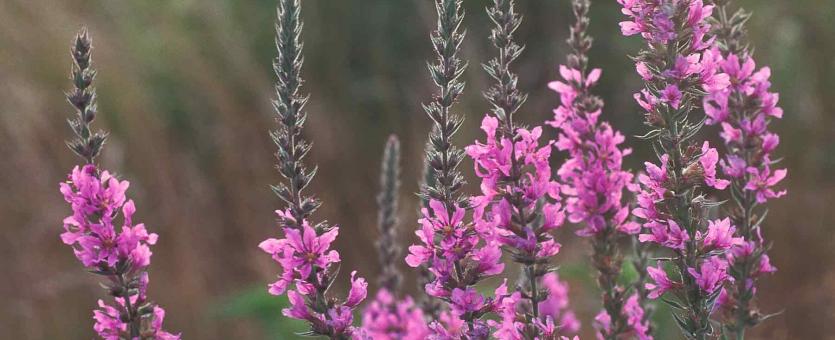
Purple loosestrife is a stout, erect perennial herb with a strongly developed taproot and showy spikes of rose-purple flowers. Blooms June through September. Purple loosestrife has flowers with 5–7 purple petals (petals can also be pink or white); the leaves are opposite or in whorls of 3, all the leaves lack teeth on their margins; the stem is stiff and 4-sided, often appearing woody at the base of large plants.
Similar species: There are several native species that also produce purple spikes of flowers. Purple loosestrife can be differentiated from them the combination of other characteristics.
Height: 3–10 feet; average height: 5 feet.
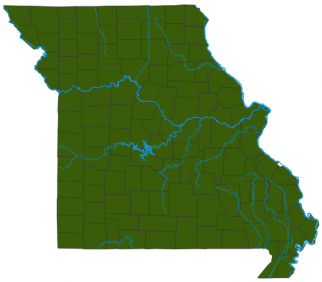
Potentially statewide.
Habitat and Conservation
Purple loosestrife occurs in wet habitats, such as freshwater marshes, fens, sedge meadows, and wet prairies, but also in roadside ditches, on river- and stream banks and at the edges of lakes and reservoirs. It thrives in moist soil in full sun but can survive in half shade. This invasive plant is especially harmful in wetland habitats, which it quickly takes over and ruins. If you see this plant in Missouri, report it to the Missouri Department of Conservation right away. Native to Europe.
Status
Invasive. Heaviest U.S. concentrations are in the glaciated wetlands of the Northeast, but it occurs in nearly all sections of the country. So far, it is rare in the wild in Missouri, because efforts to keep this plant under control in our state have met with moderate success. This is why it is important to learn how to identify it, so you can report it and we can keep it from becoming established here.
Life Cycle
The reproductive capacity of purple loosestrife is phenomenal. A single stalk can produce 300,000 seeds. Densities as high as 80,000 stalks per acre have been recorded, so there is a potential of producing as many as 24 billion seeds per acre. Seed set begins in July and continues through late summer. Root or stem segments can also form new flowering stems. This plant is highly invasive, quickly outcompetes all native flora, and chokes waterways.
Human Connections
Sadly, people have been known to cultivate this plant, but please do not. Don’t be fooled by the pretty flowers—this plant is a disaster for the environment. Try one of our beautiful native plants instead—common rush, for instance, or Queen of the prairie, or our native winged loosestrife.
Ecosystem Connections
Purple loosestrife completely crowds out the native plants that are used by wildlife for food and shelter, yet it offers almost no food or shelter to wildlife. Once established, it can destroy marshes and wet prairies and choke waterways, destroying valuable wildlife habitat.
